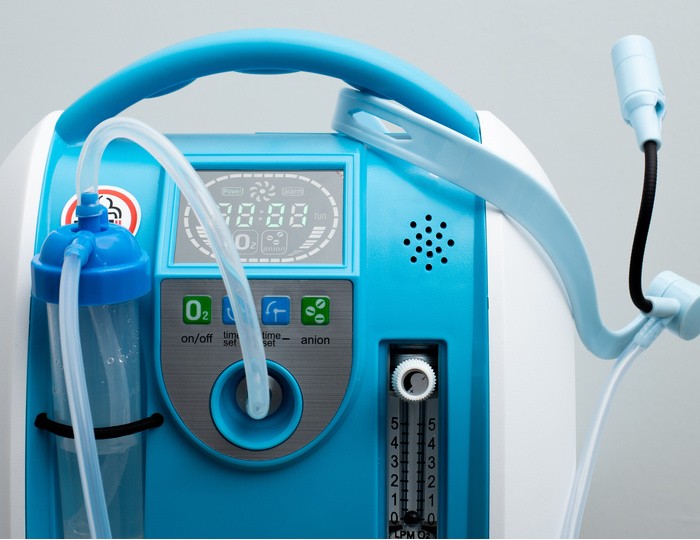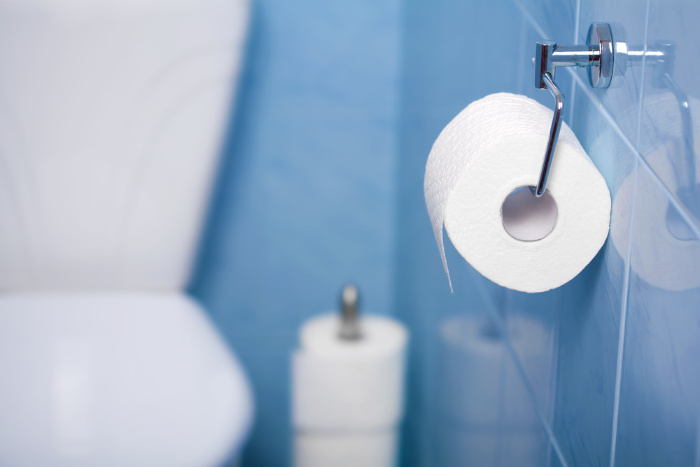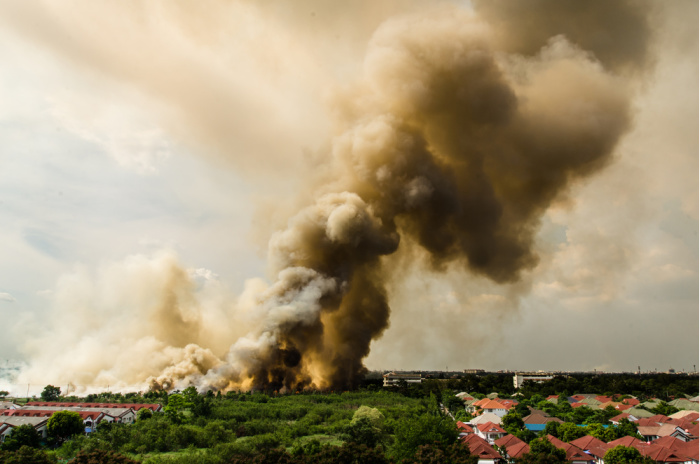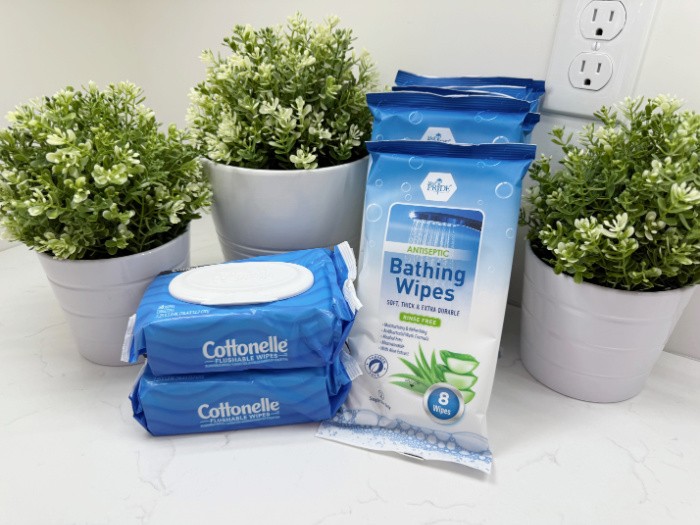Navigating Emergency Preparedness with Oxygen
Living with a respiratory condition that requires oxygen therapy presents unique challenges, especially during emergencies. Whether it’s a power outage, natural disaster, or the need for evacuation, being prepared is crucial. For my friends who are on oxygen, here are tips on navigating emergency preparedness with oxygen. Every family should have an Oxygen Finger Oximeter and know how to use it. National Library of Medicine
1. Recognizing the Importance of Emergency Preparedness
Living with a respiratory condition like asthma or chronic obstructive pulmonary disease (COPD) means recognizing the heightened vulnerability during emergencies. This is when oxygen supply and storage may be more difficult. For individuals relying on supplemental oxygen, proactive planning becomes essential. The consequences of not being adequately prepared can be severe, emphasizing the necessity of a well-thought-out emergency plan.
2. Identifying Potential Emergency Scenarios
Natural Disasters
Natural disasters like hurricanes, earthquakes, wildfires, and floods can disrupt regular routines, impacting the accessibility and availability of oxygen and related medical equipment. Understanding the potential challenges specific to your geographic location is crucial for effective emergency planning.
Power Outages and Equipment Failures
The reliance on electrical devices for oxygen delivery makes power outages a significant concern. Considering alternative power sources and having backup equipment becomes imperative to ensure a continuous supply of oxygen during unforeseen events. Power Outage: What to do Next
Even the use of something as simple as nebulizers can be affected. We tested out a Goal Zero Yeti unit with a friend’s daughter and found out it could run the nebulizer all night if needed. Check out their products if you have questions.
Evacuation Scenarios
Quick and safe evacuation requires meticulous planning, particularly when it comes to oxygen use. Identifying escape routes, knowing the locations of emergency shelters, and coordinating transportation options are vital components of an effective evacuation plan for oxygen-dependent individuals. 20 Things Preppers Need to Do in the New Year
3. Building a Personalized Emergency Kit
Essential Supplies
Ensuring an ample supply of portable emergency oxygen and having backup oxygen cylinders or tanks are non-negotiable components of your emergency kit. Carrying necessary medications and medical records is crucial for continuity of care during emergencies. 10 Reasons Stockpiling Emergency Supplies Makes Sense
Communication Devices
Incorporating reliable communication devices into your emergency kit is essential. Keeping cell phones and chargers readily accessible and chargeable, along with two-way radios, facilitates communication with family and emergency services. Communication Options for Your Family During a Disaster
Comfort and Personal Care Items
Consideration for personal comfort is often overlooked but equally important. Including items such as blankets, appropriate clothing for different weather conditions, personal hygiene items, and comfort items helps reduce stress during emergencies. 35 Essential Personal Hygiene Products You Need to Stock
If you become sick during the emergency with something like pneumonia, having home oxygen available can make all the difference. But having items to keep you dry, warm, and comfortable certainly helps too.
4. Crafting a Personalized Emergency Evacuation Plan
Identifying Evacuation Routes
Understanding designated evacuation routes in your area is crucial. Familiarizing yourself with nearby emergency shelters provides a roadmap for a swift and safe evacuation. How to Put an Evacuation Plan Together
Transportation Considerations
Access to reliable transportation is key. Communicating your needs to emergency services for assistance ensures that your evacuation plan is tailored to your specific requirements, especially if you have a lung disease to consider. Why You Should Keep Batteries on Hand
Emergency Contacts
Sharing your evacuation plan with family, friends, and healthcare providers is essential. Maintaining an easily accessible list of emergency contacts ensures that necessary support can be mobilized quickly. Neighbors-It’s Critical We Get To Know Them
5. Power Outage Preparedness
Battery Backup Systems
As mentioned above regarding Goal Zero products, investing in reliable battery backup systems for oxygen concentrators is a proactive measure. Regularly maintaining and testing backup batteries ensures they are operational during power outages. How To Build A Power Outage Kit
Portable Oxygen Concentrators
Keeping portable oxygen concentrators fully charged and having extra batteries on hand for extended use during power outages contributes to your overall preparedness.
Power Outage Notifications
Registering with local utilities for priority power restoration and having alternative power sources, such as generators, adds another layer of preparedness during power outages.
6. Staying Informed and Receiving Alerts
Emergency Alerts and Notifications
Subscribing to local emergency alert systems and utilizing weather apps for real-time information keeps you informed about developments in your area. Prepping Appropriately for Emergency Preparedness in Every Season
Communication Plans
Discussing communication strategies with family and friends, and leveraging social media and community networks for updates, ensures that you stay connected and well-informed during emergencies.
7. Regular Maintenance and Checklists
Equipment Maintenance
Regularly servicing and maintaining oxygen equipment for proper oxygen administration is crucial. Keeping a checklist for routine inspections helps ensure that your equipment is in optimal condition when you need it the most to keep your blood’s oxygen saturation levels where they need to be.
Emergency Drills
Conducting practice drills for various emergency scenarios allows you to identify potential challenges and refine your emergency plan accordingly. This proactive approach contributes to increased confidence and efficiency during real emergencies when medical facilities may be closed or hard to get to. 10 Essential Ways to Prepare for Carbon Monoxide as a Prepper
More Tips
- 30 Non-Food Survival Items To Stockpile
- 35 OTC Medications You Should Store
- Are You Prepared for a Medical Emergency?
Final Word
Being on oxygen therapy requires a proactive and comprehensive approach to emergency preparedness. Proactive planning today ensures a safer and more secure tomorrow, even in the face of the unexpected when critical care is hard to find. I hope these tips help you navigate emergency preparedness with oxygen. May God Bless this World, Linda
Copyright Images: Oxygen Oximeter on Finger Depositphotos_442701506_S BY SyhinStas,






















Thanks for this.
On a related note, CPAP or BiPAP therapy can be just as important for folks with sleep apnea, so backup power can be just as important for those folks.
“Fun” fact: 1 in 15 Americans have sleep apnea, and my wife and I are both in that group. We’re fortunate that we have a standby generator, but this makes me think about getting a battery backup system that can be charged off solar panels in case the generator goes down during an extended event.
Always good to have backup plans for our backup plans, right? 😉
Hi DMWalsh, 1-15 have sleep apnea, wow! I know a lot of our friends have CPAPS! I love your statement: “Always good to have backup plans for our backup plans, right? “!!!!!! Yes, indeed! I love this! Linda
I’m glad I don’t need supplemental oxygen, but I do use a CPAP so I have a couple of backup gennies (one is solar) to keep it going during any power outages.
Transplanted my tomatoes into larger pots so they could develop really healthy root systems before going out into my raised beds In March or April.
Oh, and any replies you are sending me are not coming through at all. I checked my spam folder to see it they were being rerouted there but they aren’t. Maybe just email me.
Hi Ray, it seems it’s mainly gmail email accounts, it’s so frustrating. I love hearing you are transplanting your tomatoes, or how I love hearing this! Linda.
I am grateful that I don’t have any current problem that need oxygen. I can see reasons to have one for preparedness. Just the wildfire smoke from last year is enough to look into one.
Hi Janet, I’m grateful I don’t need oxygen right now, but a lot of my friends and family are on oxygen. It’s rough. Life can change any day! OH, the wildfire smoke is awful, Linda
I am also on CPAP. I have a Jackery generator. At home, it will give me a good night’s rest but when I go camping – 3 hours max! It is a small one though. I am saving for a larger portable generator and solar panels for it.
HI Leanne, I was thinking about getting a Jackery generator they look nice! I have a large Goal Zero one that I hope still works, since it’s my storage unit. 3 Hours for a CPAP is not enough I sure, dang. I would like a medium sized one. Everything is so expensive now, Linda
Hi Linda, I’m so I’m happy to hear that on an O2 concentrator for sleep apnea, asthma, and cardiac precautions (2 attacks so far, resulting from Covid damaging my heart). My company supplies backup O2 cylinders in case of emergencies. They have 24/7 Emergency Service techs who can replace faulty concentrators and take empty cylinders away, replacing them. I do have a Nebulizer in addition for my asthma, that there are charging units in case of emergency. I order tubing and supplies from Amazon, fairly inexpensively. Medicare will only cover a couple sets at a time, so I go there, the supplies are excellent. My 1 piece of advice is to file a medical needs document with your power company. This will prevent them from shutting the power off if you are late on a payment, and probably will also be needed, to qualify for priority service to restore your power if it goes out. Hope this helps.
HI MaryAnn, thank you for the reminder on telling the power company I have heard that as well. I LOVE LOVE LOVE your comment, Linda